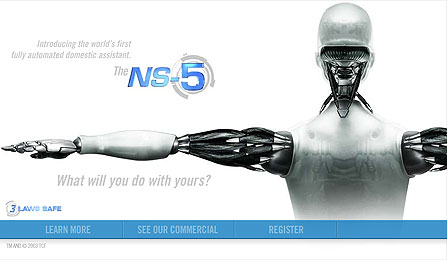Think they should call it the T-100 series? This is how it all starts. Someone call John Connor Please!!
http://washingtontechnology.com/articles/2012/08/15/boston-dynamics-contract-win.aspx
Robots will help out where humans can't
By Mark Hoover
Aug 15, 2012
Boston Dynamics Inc. has won a $10.9 million contract to develop and build a set of identical robot systems for the Defense Advanced Research Projects Agency Robotics Challenge Program.
The robotic platforms will be humanoid, consisting of two legs, a torso, two arms with hands, a sensor head and on board computing, the Defense Department announcement said Tuesday.
These robots are being created to provide assistance, such as perform evacuation operations, during any potential natural or man-made disasters that would otherwise prove too dangerous for human aid. Because the robots are humanoid, they will be able to operate in human-engineered environments, using human tools if necessary, according to DARPA's website.
Each will operate with supervised autonomy, and will be able to operate intelligently by itself during situations when supervision may break down.
Under terms of the cost-plus-fixed-fee contract, the robots are to be delivered to the agency for use by performers in both phases of the program; then, based on the results of the programs Virtual Disaster Challenge, the robots will be given to the top software development teams.
All related work is to be conducted in Waltham, Mass., by Aug. 9, 2014.
http://washingtontechnology.com/articles/2012/08/15/boston-dynamics-contract-win.aspx
Robots will help out where humans can't
By Mark Hoover
Aug 15, 2012
Boston Dynamics Inc. has won a $10.9 million contract to develop and build a set of identical robot systems for the Defense Advanced Research Projects Agency Robotics Challenge Program.
The robotic platforms will be humanoid, consisting of two legs, a torso, two arms with hands, a sensor head and on board computing, the Defense Department announcement said Tuesday.
These robots are being created to provide assistance, such as perform evacuation operations, during any potential natural or man-made disasters that would otherwise prove too dangerous for human aid. Because the robots are humanoid, they will be able to operate in human-engineered environments, using human tools if necessary, according to DARPA's website.
Each will operate with supervised autonomy, and will be able to operate intelligently by itself during situations when supervision may break down.
Under terms of the cost-plus-fixed-fee contract, the robots are to be delivered to the agency for use by performers in both phases of the program; then, based on the results of the programs Virtual Disaster Challenge, the robots will be given to the top software development teams.
All related work is to be conducted in Waltham, Mass., by Aug. 9, 2014.














